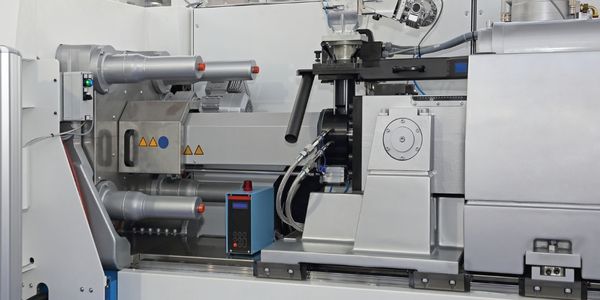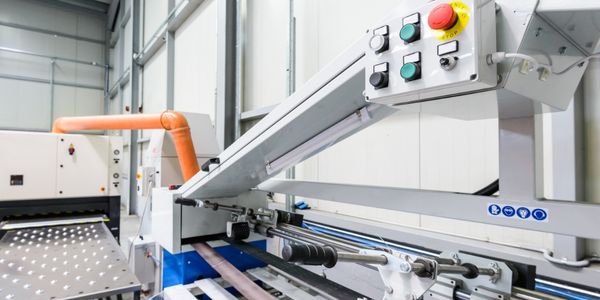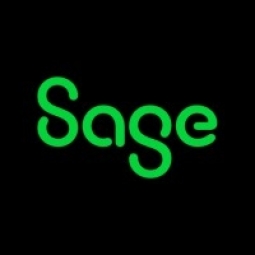公司规模
Mid-size Company
地区
- America
国家
- Canada
- United States
产品
- Sage 500 ERP
- Advanced Manufacturing
- Engineering Change Management
- Shop Floor Control
- Multicurrency Manager
技术栈
- ERP
- Manufacturing Software
- Inventory Control
实施规模
- Enterprise-wide Deployment
影响指标
- Productivity Improvements
- Cost Savings
技术
- 功能应用 - 企业资源规划系统 (ERP)
- 功能应用 - 制造执行系统 (MES)
适用功能
- 离散制造
用例
- 自动化制造系统
- 库存管理
服务
- 系统集成
关于客户
RadComm Systems 是一家自 1992 年以来一直为北美和世界各地的行业制造和分销辐射检测系统的公司。该公司以其创新的技术、敬业的员工以及响应迅速的服务和支持而闻名。RadComm Systems 一直稳步发展,在加拿大和美国都有业务。该公司拥有四个办事处,总部位于安大略省奥克维尔。从一开始,RadComm Systems 就信赖 Sage 软件解决方案来帮助管理其业务。这些解决方案已经发展壮大,可以满足企业运营日益复杂的要求。
挑战
RadComm Systems 是一家辐射检测系统制造商和分销商,自成立以来一直在使用 Sage 业务管理解决方案。然而,随着公司的发展,它发现依赖两个独立的软件应用程序会导致效率低下。年终报告既耗时又困难,而且几乎不可能获得准确的在制品 (WIP) 数据。通常,两个系统中的数据不一致,可能是由于重新输入信息时出现错误造成的。该公司正在寻求更强大、集成的 ERP 和制造解决方案来简化其运营。
解决方案
RadComm Systems 从 Sage Pro ERP 迁移到 Sage 500 ERP,以运行其复杂的制造、分销和财务业务。Sage 500 ERP 系统集成了强大的制造模块,例如高级制造、工程变更管理和车间控制。系统捕获与工单相关的所有成本,使公司能够计算与每个项目相关的利润率。当员工输入销售订单时,系统会自动生成工单,从而提高效率。当销售订单稍后开具发票时,相关工单将被关闭,从而消除了周期中的另一个手动步骤。库存接收功能通过 Sage 500 ERP 得到简化。在处理收据时,库存会实时更新并立即提供给生产部门。此外,采购订单和供应商发票之间的成本差异在该行业中相当常见,软件会自动准确地计算此类差异。
运营影响

Case Study missing?
Start adding your own!
Register with your work email and create a new case study profile for your business.
相关案例.

Case Study
Plastic Spoons Case study: Injection Moulding
In order to meet customer expectations by supplying a wide variety of packaging units, from 36 to 1000 spoons per package, a new production and packaging line needed to be built. DeSter wanted to achieve higher production capacity, lower cycle time and a high degree of operator friendliness with this new production line.

Case Study
Robot Saves Money and Time for US Custom Molding Company
Injection Technology (Itech) is a custom molder for a variety of clients that require precision plastic parts for such products as electric meter covers, dental appliance cases and spools. With 95 employees operating 23 molding machines in a 30,000 square foot plant, Itech wanted to reduce man hours and increase efficiency.

Case Study
Hospital Inventory Management
The hospital supply chain team is responsible for ensuring that the right medical supplies are readily available to clinicians when and where needed, and to do so in the most efficient manner possible. However, many of the systems and processes in use at the cancer center for supply chain management were not best suited to support these goals. Barcoding technology, a commonly used method for inventory management of medical supplies, is labor intensive, time consuming, does not provide real-time visibility into inventory levels and can be prone to error. Consequently, the lack of accurate and real-time visibility into inventory levels across multiple supply rooms in multiple hospital facilities creates additional inefficiency in the system causing over-ordering, hoarding, and wasted supplies. Other sources of waste and cost were also identified as candidates for improvement. Existing systems and processes did not provide adequate security for high-cost inventory within the hospital, which was another driver of cost. A lack of visibility into expiration dates for supplies resulted in supplies being wasted due to past expiry dates. Storage of supplies was also a key consideration given the location of the cancer center’s facilities in a dense urban setting, where space is always at a premium. In order to address the challenges outlined above, the hospital sought a solution that would provide real-time inventory information with high levels of accuracy, reduce the level of manual effort required and enable data driven decision making to ensure that the right supplies were readily available to clinicians in the right location at the right time.

Case Study
Fully Automated Visual Inspection System
Tofflon has developed a fully automatic machine that uses light to inspect vials, medicine bottles, or infusion containers for glass fragments, aluminum particles, rubber grains, hairs, fibers, or other contaminants. It also detects damaged containers with cracks or inclusions (microscopic imperfections), automatically removing faulty or contaminated products. In order to cover all production processes for freeze-dried pharmaceuticals, Tofflon needed to create an open, consistent, and module-based automation concept.

Case Study
SAP Leonardo Enabling Rocket Science
At times, ULA has as many as 15 different operating systems dedicated to overlapping processes, such as rocket design, testing, and launch. Multiple systems created unnecessary costs and unwanted confusion among workers at offices, factories, and launch sites in different location. In order to improve collaboration and transparency during vital activities that directly influence mission success, ULA wanted to improve data sharing and streamline manufacturing processes.








